|
Occasionally, we will repeat a past post that continues to draw attention from readers. This post first appeared in January of 2016. The images are new. AN INTERESTING ARTICLE in the Economist points out why reading the book can sometimes be more interesting, and certainly more informative, than seeing the movie. Check out Nathaniel Philbrick's In the Heart of the Sea (Harper Collins) to read the whaling story that inspired the movie of the same name but also to learn how a group of 19th century Quakers turned the island of Nantucket and Massachusetts into a 19th century whaling powerhouse. Using a creative economic model that attracted capital investment and matched incentives to results, the leading financiers of the industry in New Bedford generated returns as high as 60% a year and average industry returns of more than 14% a year for more than seven decades! As the book and movie depict, whaling was dangerous business with trips that lasted years on the ocean to fill a ship's hold with oil. And, while there were whalers from around the world, New Bedford and Nantucket became the world's leading producers. As noted in the Economist article: "New Bedford was not the only whaling port in America; nor was America the only whaling nation. Yet according to a study published in 1859, of the 900-odd active whaling ships around the world in 1850, 700 were American, and 70% of those came from New Bedford. The town’s whalers came to dominate the industry, and reap immense profits, thanks to a novel technology that remains relevant to this day. They did not invent a new type of ship, or a new means of tracking whales; instead, they developed a new business model that was extremely effective at marshaling capital and skilled workers despite the immense risks involved for both." The whaling industry, the article notes, "was one of the first to grapple with the difficulty of aligning incentives among owners, managers and employees. . . . Managers held big stakes in the business, giving them every reason to attend to the interests of the handful of outside investors. Their stakes were held through carefully constructed syndicates and rarely traded; everyone was, financially at least, on board for the entire voyage. Payment for the crew came from a cut of the profits, giving them a pressing interest in the success of the voyage as well. As a consequence, decision-making could be delegated down to the point where it really mattered, to the captain and crew in the throes of the hunt, when risk and return were palpable." Just as with venture capital investments today, investors invested in multiple ventures to diversify risk. One firm noted in the article owned 15 ships, kept between four and nine at sea at one time, lost most of them and still turned a significant profit. The investors, being Quaker, were also frugal and open to technology improvements regardless of their source. The New Bedford system had its flaws as well. A lay system to divide a portion of profits among crew members could lead to abandoned crew members and worse. And, while the whaling industry eventually depleted the worlds population of whales and became mostly obsolete with the advent of the petroleum industry, many of the business practices they employed are used today, in modified form, in high-risk, high-return industries like venture capital. Next week we will talk about Great Baby Blues or the benefits of floating. Seriously, that's the topic. All photos and text copyright Clinton Richardson.
If you like these posts, please tell your friends about the Venture Moola blog at Readjanus.com. And, feel free to share this blog. The more readers the better. Click here to subscribe to a weekly email that tells you when we issue new entries. Or, click in the column to the left to follow us on Facebook or Twitter. We start with a little background for the photos and this blog. The ecosystem that contains Yellowstone and Grand Teton together with parts of northwest Montana are the only places south of Canada that still have large populations of grizzly bears. Once the bears' range included the mountains and prairies of much of the American West. Now it is much more limited. Females can weigh up to 400 pounds and males almost twice that much. They are larger than their black bear cousins and more aggressive. They are impressive to see. Even their Latin name is impressive - Ursus arctos horribilis. Their color ranges from black to blond A single horribilis may range over hundreds of miles during his lifetime. A male might range as far as 2,000 miles over his lifetime. Females, as far as 550 miles. An estimated 700 bears make their home in the Yellowstone, Grand Teton ecosystem which includes about 20,000 square miles of territory. The males tend to be solitary and avoid roads. Females with cubs are what you are likely to see at a Yellowstone bear jam, as they seek the protection that comes from being in areas the male grizzlies avoid. Male grizzlies have been known to eat grizzly cubs. Their principal diet includes insects, rodents, elk calves, cutthroat trout, roots, pine nuts, grasses and large mammals. Females give birth during hibernation and stay with their cubs for two years. And, oddly, while the Park Service states that there is no evidence that grizzly bears are “overly attracted to menstrual odors,” their web site does post a series of recommendations to menstruating women on what to do to reduce the risk of an attack. Apparently, this is a topic of much discussion. The bears you are seeing are a mother and her old cub. Our encounter with them in Yellowstone followed a traditional pattern. We had disengaged Magic Mike (see our May 24 post – Magic Mike and the Otter) and were driving around the park on our own. When we headed south from Mammoth Hot Springs we were delayed by a team reconstructing the main road. The road team said there were of grizzlies in the area. Sure enough, when we exited the construction area we were greeted with the sight of dozens of cars pulled over and visitors with their cameras and binoculars looking to the west. We joined the group and watched a mother and cub tearing up wet ground and nuzzling below for acorns and other seeds that had been cached there earlier by pocket gophers. It was shocking to see how easily mother or cub could toss a tree trunk out of the way. A swipe of the paw was all it took to dispatch a large log. If you look closely at the previous picture you can see where the bears tilled the soil as they dug their way down to the pocket gopher caches. This was our last animal siting of the day. The bears took their time eating and walking over to a nearby stream to drink. We slowed down as well, drinking (sorry for the pun) in the scene and enjoying the cool soft air and the company of others watching the bears. So, what are you seeing above? The first photo is the cub with his nose muddied from all his digging. The second is the mom. The two are together in the third and forth photos which show the ground dug up and their stroll to a nearby stream. _ _ _ _ _ _ _ _ _ _ Next week we take a break and revisit a discussion from an earlier blog about whaling and venture capital. All photos and text copyright Clinton Richardson. These and other images from Yellowstone and Grand Teton are posted in the Wild Wyoming Gallery of the American West Collection in the TrekPic.com website. If you like these posts, please tell your friends about the Venture Moola blog at Readjanus.com. And, feel free to share this blog. The more readers the better. Click here to subscribe to a weekly email that tells you when we issue new entries. Or, click in the column to the left to follow us on Facebook or Twitter. It surprises me how much traffic some of my older more business oriented posts continue to generate. Maybe its the audience or maybe its the challenge of launching a new business that is just plain interesting. As the photos in this post demonstrate, launching anything requires effort, determination, and skill. A business is no exception. Starting requires you to announce yourself and your ambition to the world. And, even though the person starting the business builds a team to work with through the many challenges the company will face, there is still a very real sense in which the entrepreneur is going it alone. No matter how good and motivated the team is, most founders discover that there is no one in the company they can share everything with. Perhaps this is part of the reason a good outside lawyer can be so important to a growing business. There are things you can share with outside advisors that you just would not be comfortable sharing with employees. And then there is the blur. There is so much to know and so little inherent credibility in a new business that, for most, long hours and novel challenges are the norm. Sometimes you run full speed just to stay put. And, much of the time things can seem like a blur. To succeed, you have to learn on the fly (sorry for the obvious pun) and mistakes happen. Sometimes big ones. And, despite your faith in your innovative business and your team, sometimes you feel more like you are falling than flying. But notwithstanding the challenges and the bumps in the road (or splashes in the lake), the ride is exhilarating. For many of the entrepreneurs I worked with and observed, the act of accepting the challenge and running a business brought them a fuller reality.
I know this was the case with my father. He never seemed more engaged or alive than when he was running his own business. Perhaps this is why the topic is interesting to so many. So, what are you seeing in the pictures? These images are of a lone cormorant taking flight on a North Georgia lake. _ _ _ _ _ _ _ _ _ _ Next week we talk about grizzly jam. All photos and text are copyright Clinton Richardson. If you like these posts, please tell your friends about the Venture Moola blog at Readjanus.com. For more pictures of the cormorant or the great blue herons whose territory he is invading, see the Jurassic Cove Gallery at TrekPic.com under the heading New. And, feel free to share this blog. The more readers the better. Click here to subscribe to a weekly email that tells you when we issue new entries. Or, click in the column to the left to follow us on Facebook or Twitter. A departure from the norm here as I take a break for the week of July 4.
This week's posting date happens to fall on the birthday of my late brother John, who was struck down by lung cancer in his 50s. Before that, he was fully engaged in living, adored his daughter and wife and wrote the copy for some memorable if off-the-wall advertisements. He was the third of four brothers in our family, the tallest and, probably (remember, boys are competitive) the most creative. He loved George Carlin and for some reason thought the phrase cheese noodles was hilarious. He spent hours coming up with bizarre slogans for them even though his agency had no engagement for cheese noodles. He thought Baby Maybe would be a good name for a contraceptive product that worked most of the time. One of our favorite advertisements he created was for a chicken brand. In the commercial, a farmer is interrupted by a Godzilla size chicken. That image is all I remember about the add. That, and how funny it was. The pictures above are from a frame in my mom's home. The first one shows why Jimmy Carter issued him a commission in the Georgia Air Force after being elected Governor. The other seems to capture his essence. We miss John and celebrate his life this weekend along with the lives of the many who have contributed to our freedom. _ _ _ _ _ _ _ _ Next week we will talk about entrepreneurs and cormorants. What could be more natural to combine? If you like these posts, please tell your friends about the Venture Moola blog at Readjanus.com. And, feel free to share this blog. The more readers the better. Click here to subscribe to a weekly email that tells you when we issue new entries. Or, click in the column to the left to follow us on Facebook or Twitter. |
the blog
Travel, history, and business with original photos.
your hostClinton Richardson - author, photographer, business advisor, traveler. Categories
All
Archives
July 2023
Follow us on Facebook
|
Check out Ancient Selfies a 2017 International Book Awards Finalist in History and 2018 eLit Awards Gold Medal Winner and
Passports in his Underpants - A Planet Friendly Photo Safari a 2020 Readers' Favorite Winner in Nonfiction
Site Copyright 2024 by Clinton Richardson
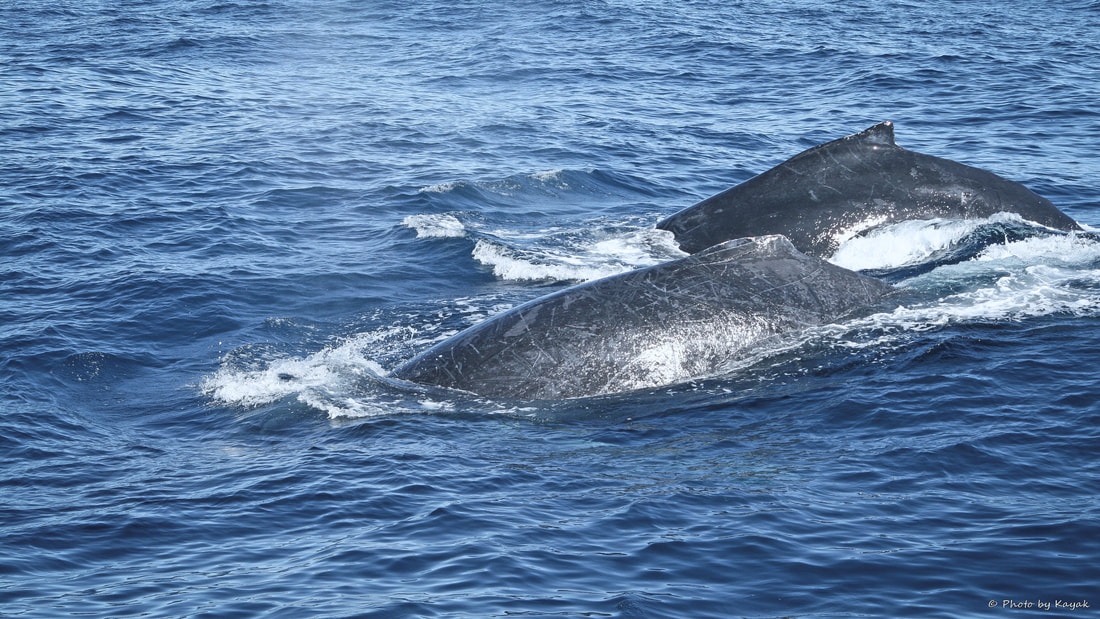
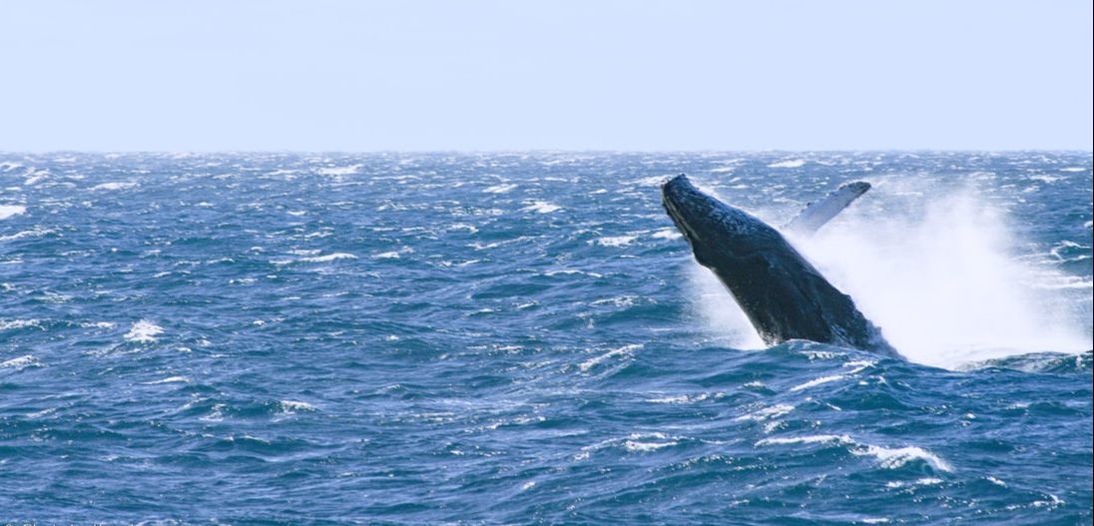
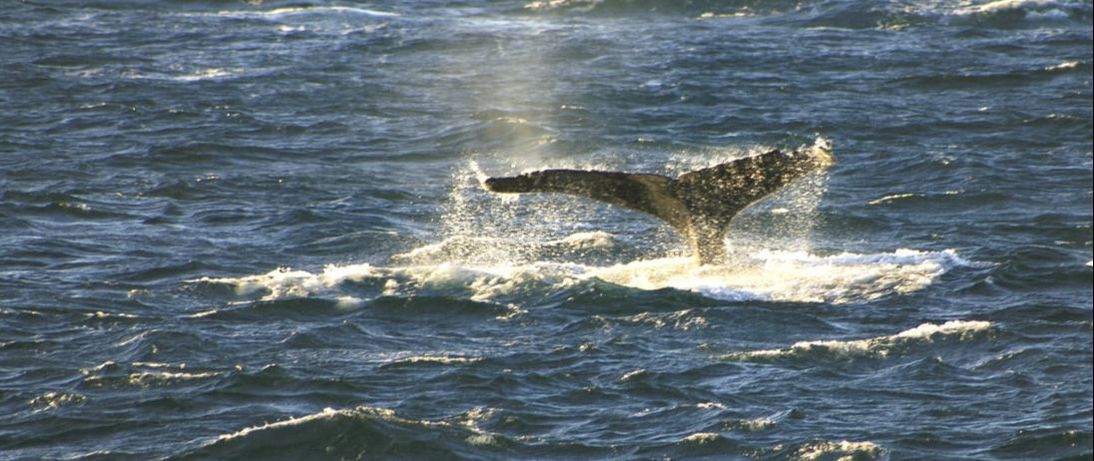
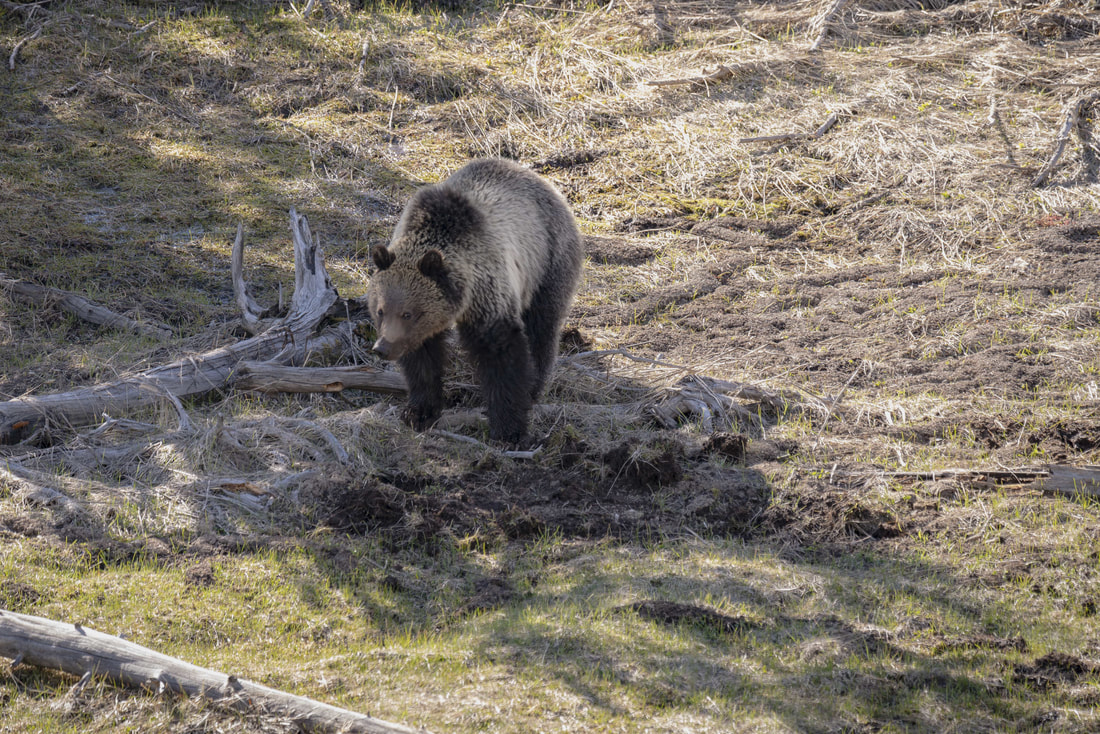
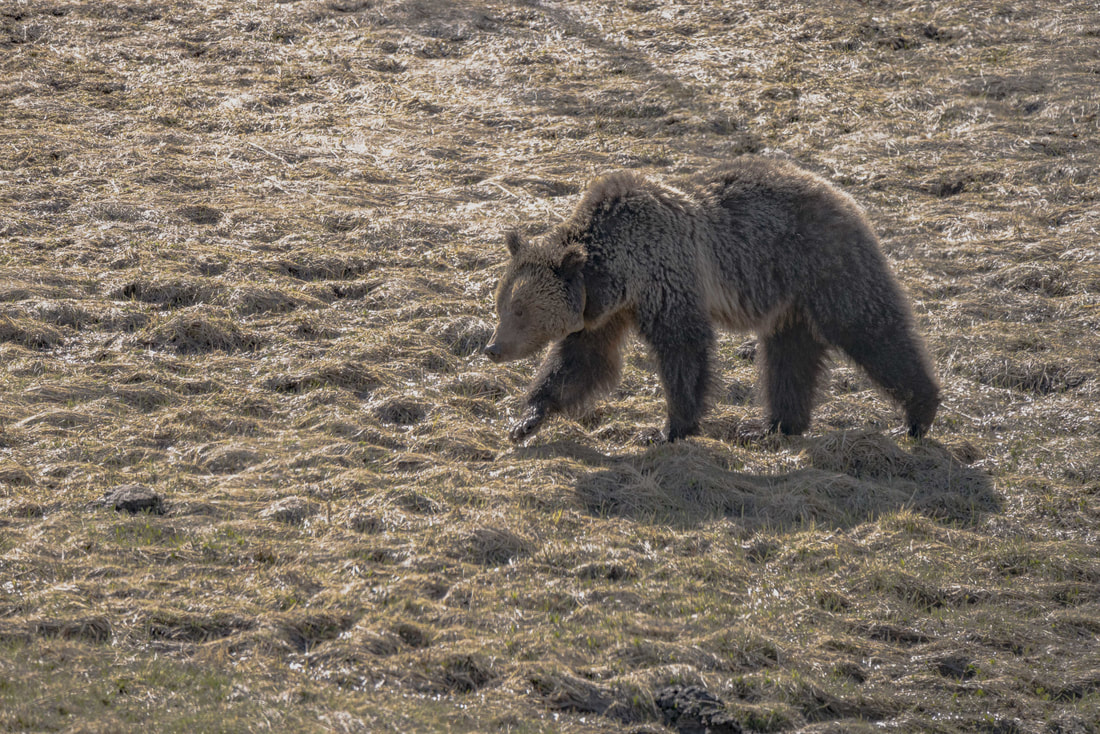
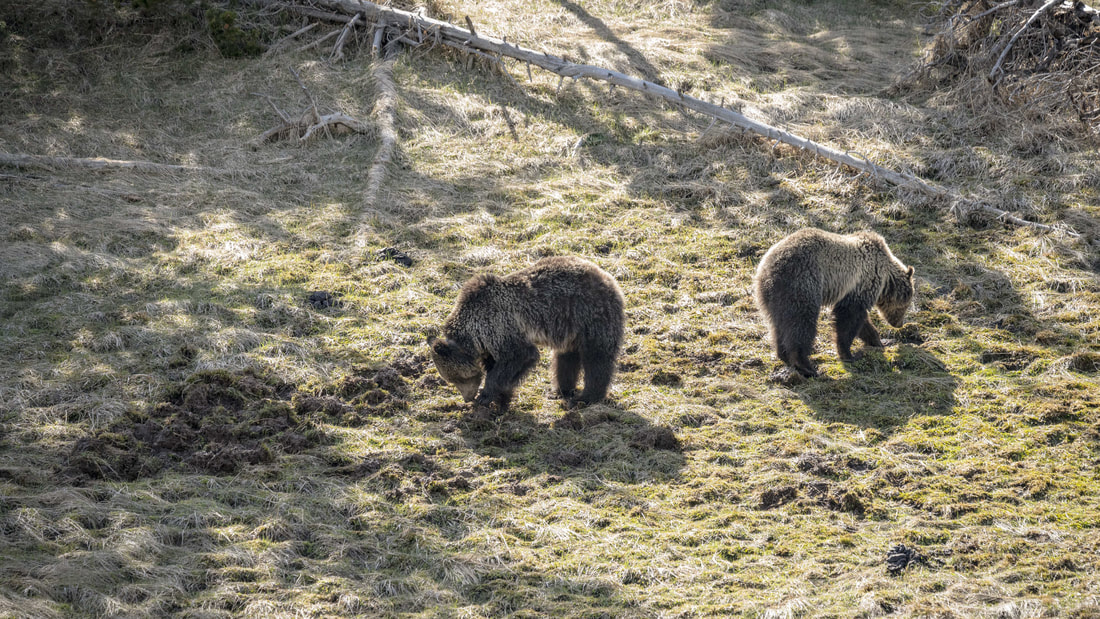
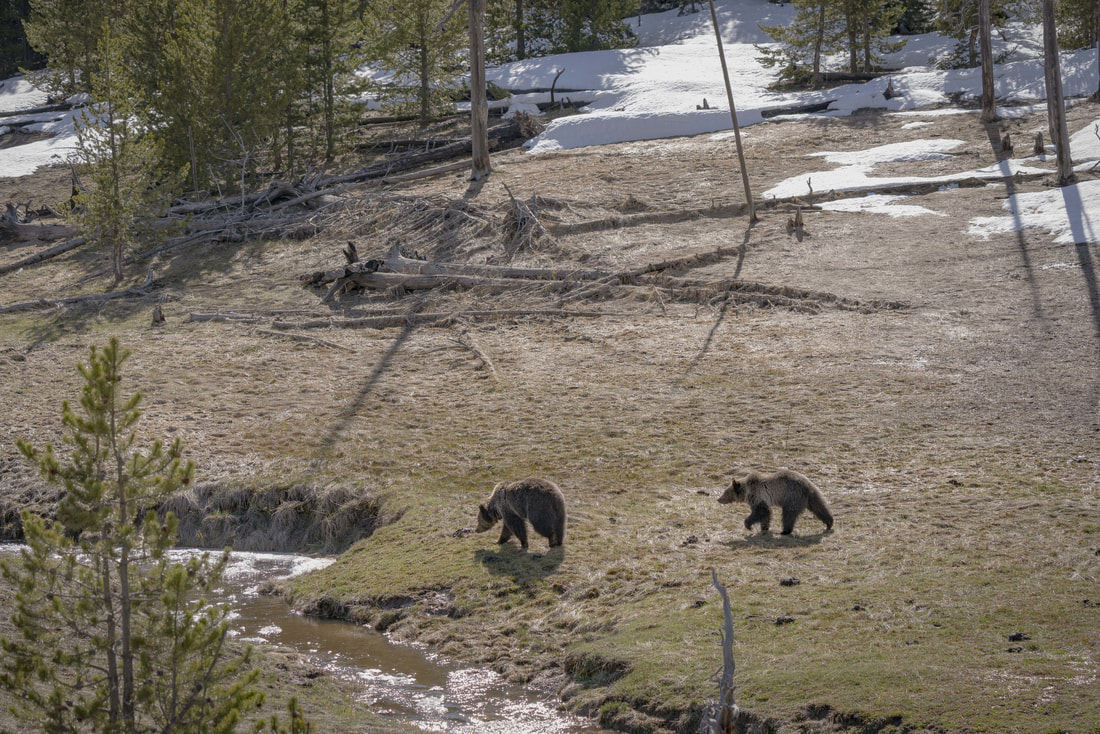
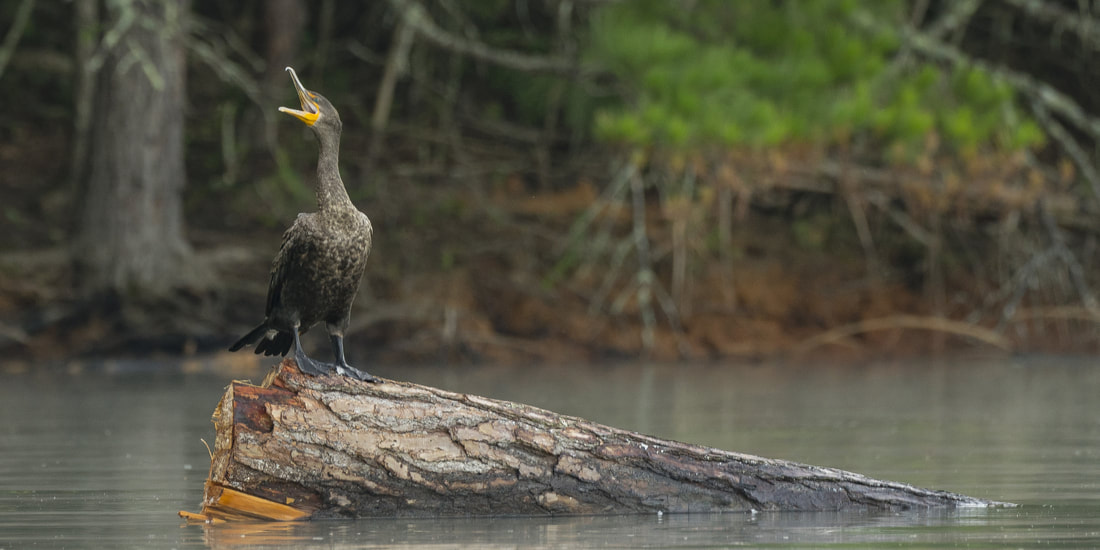
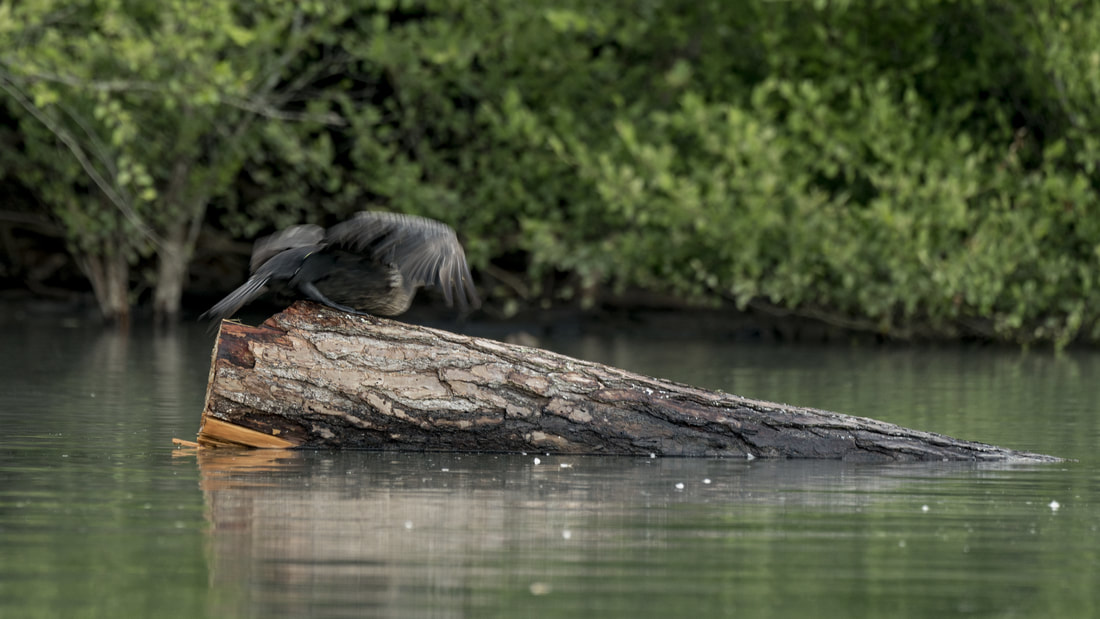
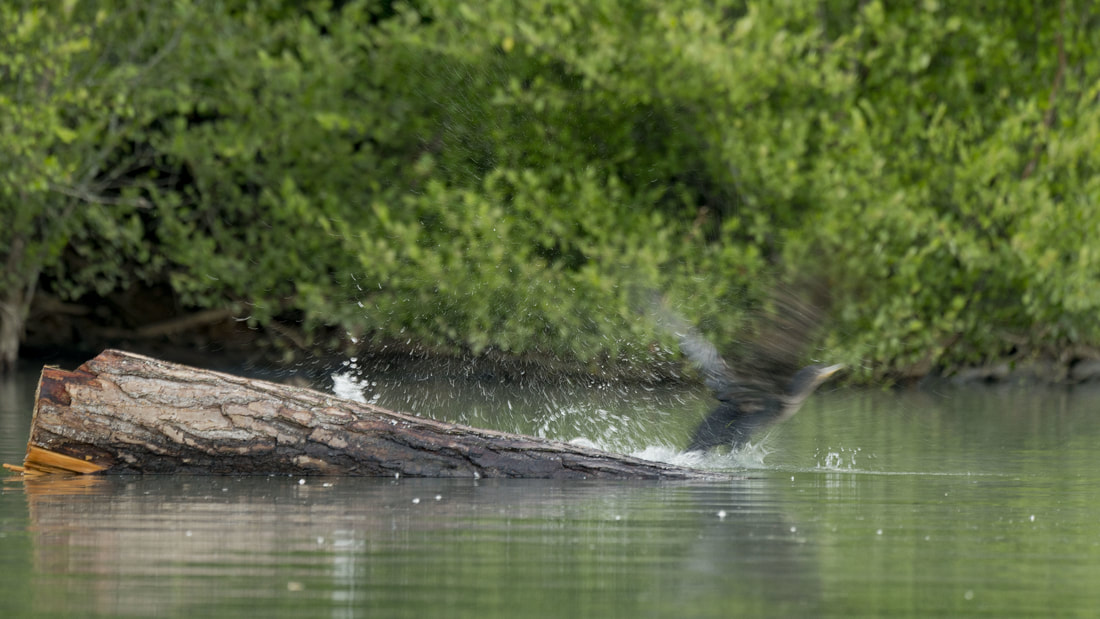
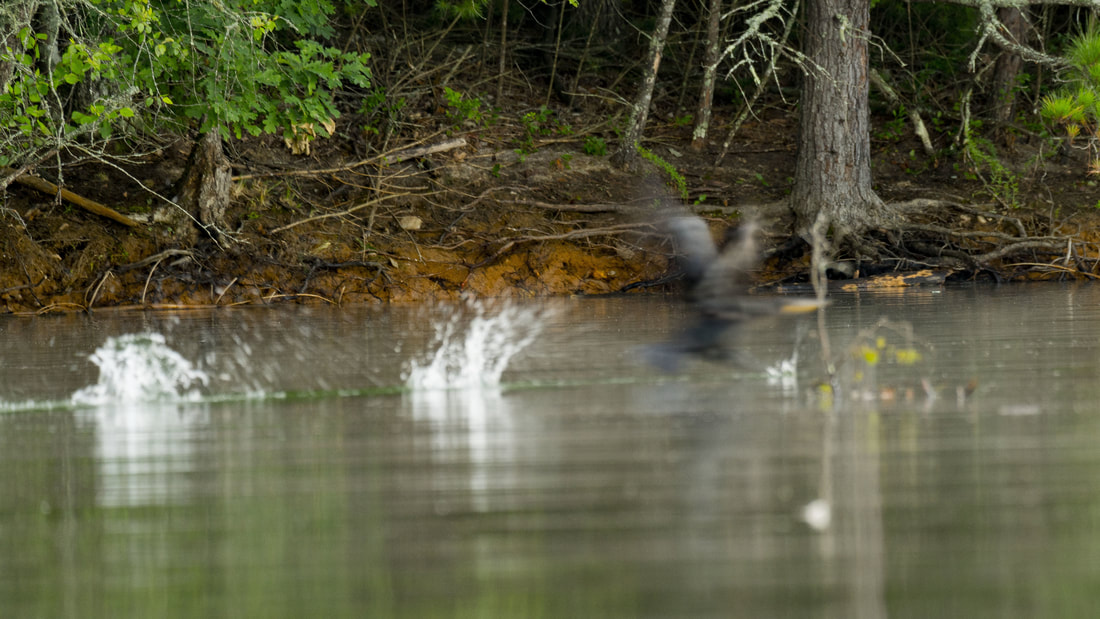
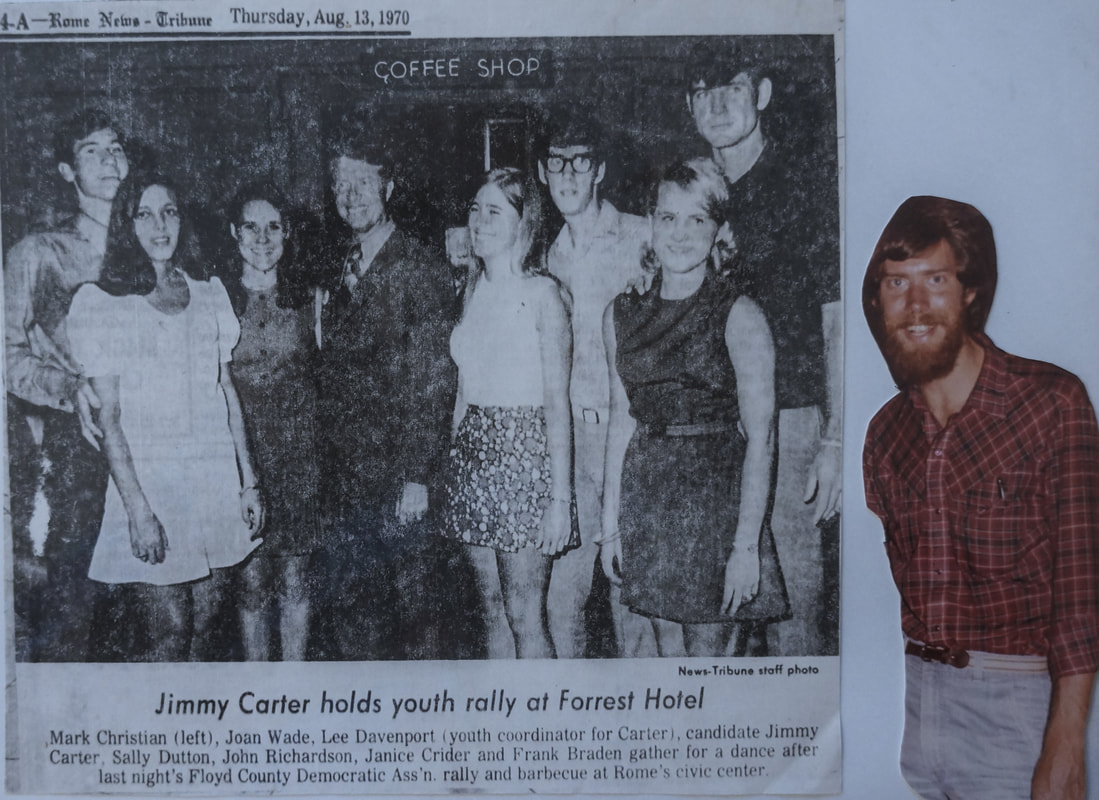
 RSS Feed
RSS Feed